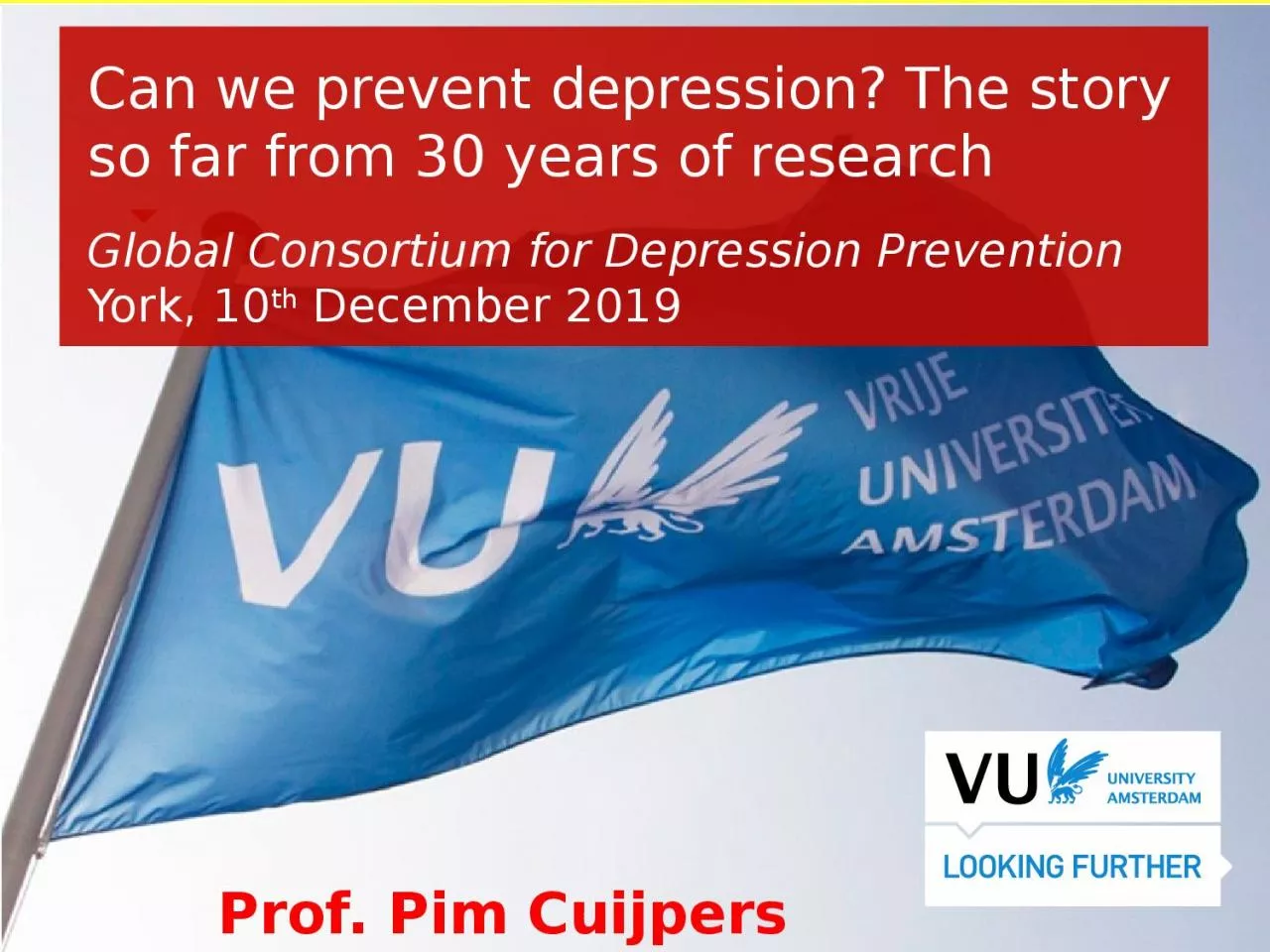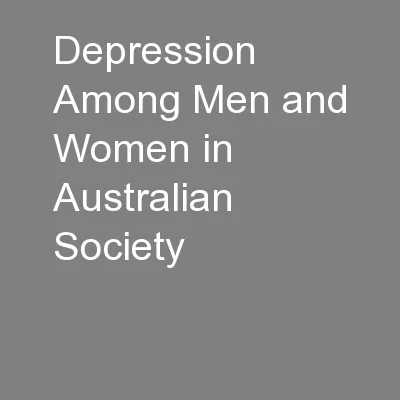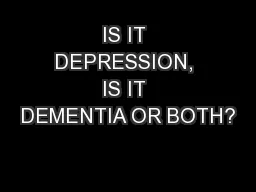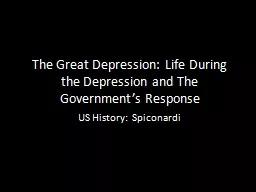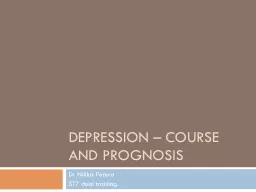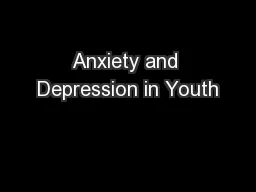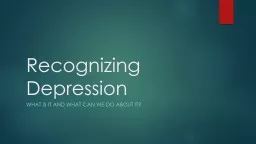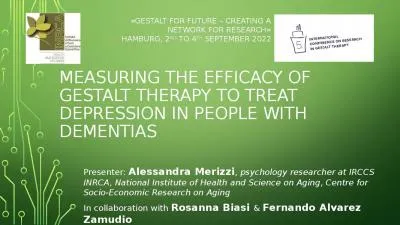PPT-Can we prevent depression? The story so far from 30 years of research
Author : ruby | Published Date : 2022-06-11
Global Consortium for Depression Prevention York 10 th December 2019 Prof Pim Cuijpers Overview Why is prevention important Is prevention effective How to increase
Presentation Embed Code
Download Presentation
Download Presentation The PPT/PDF document "Can we prevent depression? The story so ..." is the property of its rightful owner. Permission is granted to download and print the materials on this website for personal, non-commercial use only, and to display it on your personal computer provided you do not modify the materials and that you retain all copyright notices contained in the materials. By downloading content from our website, you accept the terms of this agreement.
Can we prevent depression? The story so far from 30 years of research: Transcript
Download Rules Of Document
"Can we prevent depression? The story so far from 30 years of research"The content belongs to its owner. You may download and print it for personal use, without modification, and keep all copyright notices. By downloading, you agree to these terms.
Related Documents

